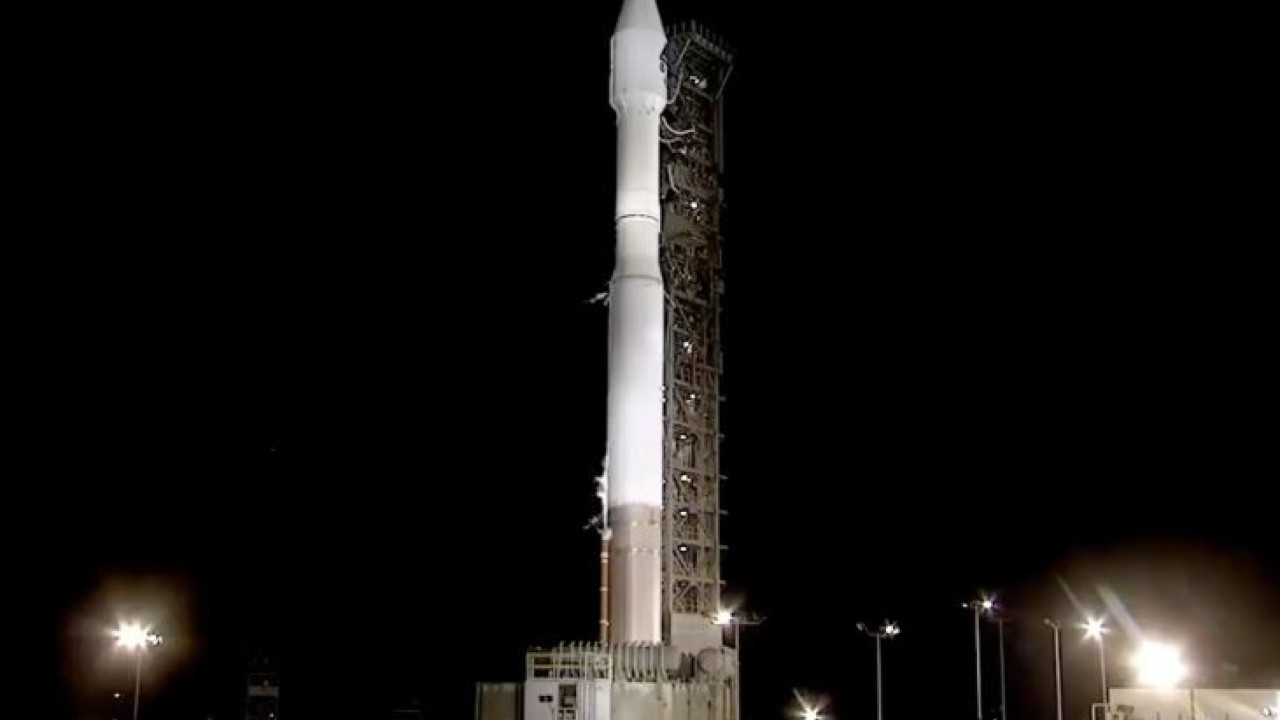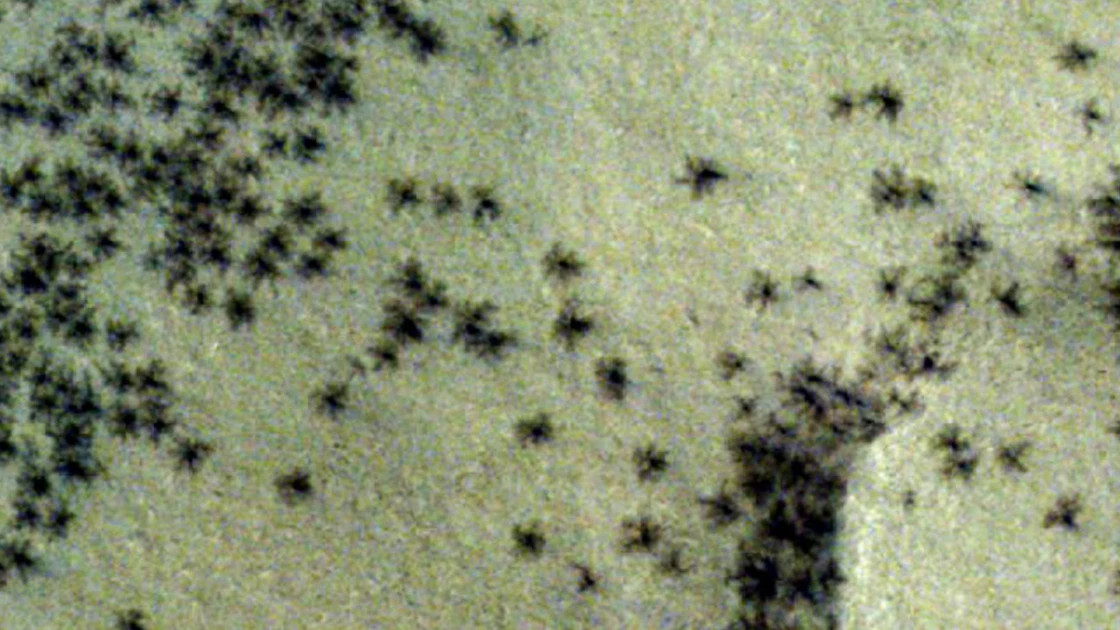
What are the differences in the atmosphere of the red planet compared to Earth – the shield will be recovered from the Pacific Ocean in two days
NASA has successfully completed the first launch of the inflatable heat shield that will land humanity on Mars.
A low Earth orbit flight test of an inflatable decelerator, or LOFTID, was launched by a United Launch Alliance Atlas V rocket from Vandenberg Space Force Base in California.
Leaves! the last Tweet embed Atlas V missile flying from Tweet embed It is on its way to deliver two separate missions to Earth’s orbit: #jpss2 And the #AIRTIME. pic.twitter.com/Kg5Cns0Dwt
– NASA (@NASA) November 10, 2022
The mission was to test the technology needed to land humans on Mars for manned or larger robotic missions to Venus or Saturn’s moon Titan.
LOFTID reached low Earth orbit, which is less than 1,200 miles from Earth’s surface, at 4:49 a.m. EST at supersonic speeds. It swelled and began its descent back to Earth at 6:34 AM. EST.
Moments of preparation for years for Team V Tweet embed: Look #AIRTIME NASA_Technology Spray a demonstration in the Pacific Ocean near Hawaii. Data from the inflatable heat shield test will help us take on more massive missions and explore further. pic.twitter.com/PzARsfhC9P
– NASA (@NASA) November 10, 2022
The mission was originally set for November 1, but was delayed due to a faulty missile battery. Then the battery was replaced and tested again for the new release date.
Kahana 2 is expected to recover the shield within two days from the Pacific Ocean east of Hawaii, where it landed gently thanks to its parachutes.
her hope NASA The task is to be able to use the heat shield as a brake to slow the spacecraft as it enters the Martian atmosphere. When a rocket enters the atmosphere, aerodynamic forces help slow it down before landing.
However, the challenge is greater for a spacecraft landing on Mars because the atmosphere is much less dense than that of Earth. the atmosphere in Mars It’s thick enough to withstand some drag to slow it down, but too thin to slow down the spacecraft as soon as possible. So additional help is needed. LOFTID will create more drag in the upper atmosphere to help the rocket decelerate faster and prevent overheating.
The sensors on the heat shield will record its experience as it descends, and the cameras are set to capture video of the mission, said Joe Del Corso, project manager. air time at NASA’s Langley Research Center.
LOFTID was launched along with another separate mission – the Joint Polar Satellite-2 System, or JPSS-2, a polar satellite for improved weather forecasting. The satellite is designed to collect data to help predict extreme weather events.
source: skai.gr
Read them today’s news And get the latest news.
Follow Skai.gr on Google News and be the first to know all the news.

“Avid problem solver. Extreme social media junkie. Beer buff. Coffee guru. Internet geek. Travel ninja.”





More Stories
What are the black “spiders” in the “Inca city” on Mars? View satellite images
Underworld – step
10 floral perfumes we buy again and again | Marie Claire